The essential guide to ute canopies and tray styles
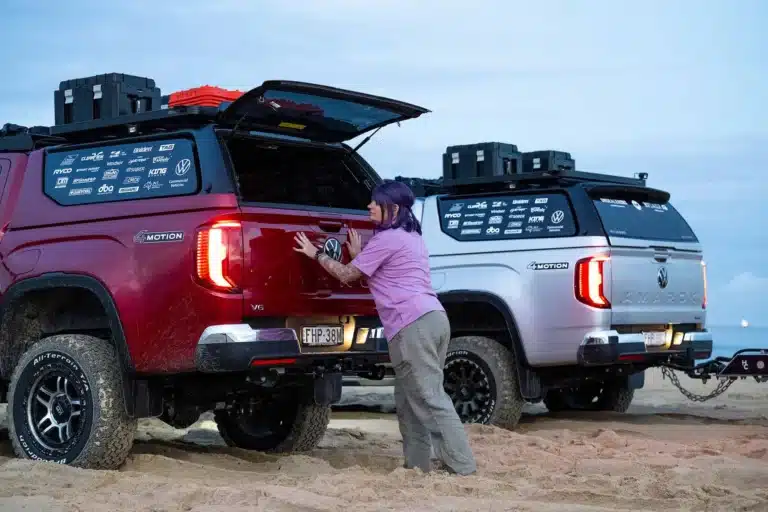



If you’re thinking about buying a new ute and use it to carry stuff, whether for work, recreation, or touring with the caravan, you’re going to need to understand what’s available for the back of your vehicle. With everything from basic vinyl covers to custom-built aluminium expedition setups on the market, making the right choice can feel overwhelming.
I’ve owned several utes over the years and experimented with different ute canopies and tray styles. Some worked brilliantly, others taught me expensive lessons. This guide draws on that experience, plus current market research, to help you choose the best setup for your needs.

Most utes arrive as standard with a tub unless you select the factory tray option. Tubs and factory trays are only two of a large number of cargo-carrying options available. Some people will choose an option for the back of their ute based on work, others based on recreation. If you’re not sure what suits you best, you’re reading the right feature.
Keep in mind though, whatever you add to the back of your ute is weight. The weight of each option affects your GVM and your available payload, which will determine what you can load into and also tow with the vehicle.
Having a canopy might allow you to load more into the back of the ute, but that’s not always a good idea. It may be beneficial for some if done carefully, as it would allow you to shift some weight from a van or trailer into the car. It is possible to keep your payloads legal and safe and make the most of the option you choose.
Here’s something many people don’t realise: modern dual-cab utes are often surprisingly close to their GVM limits with just a canopy, some basic camping gear, and a full tank of fuel. Add a couple of passengers and you might already be illegal before you’ve even hitched up the caravan.
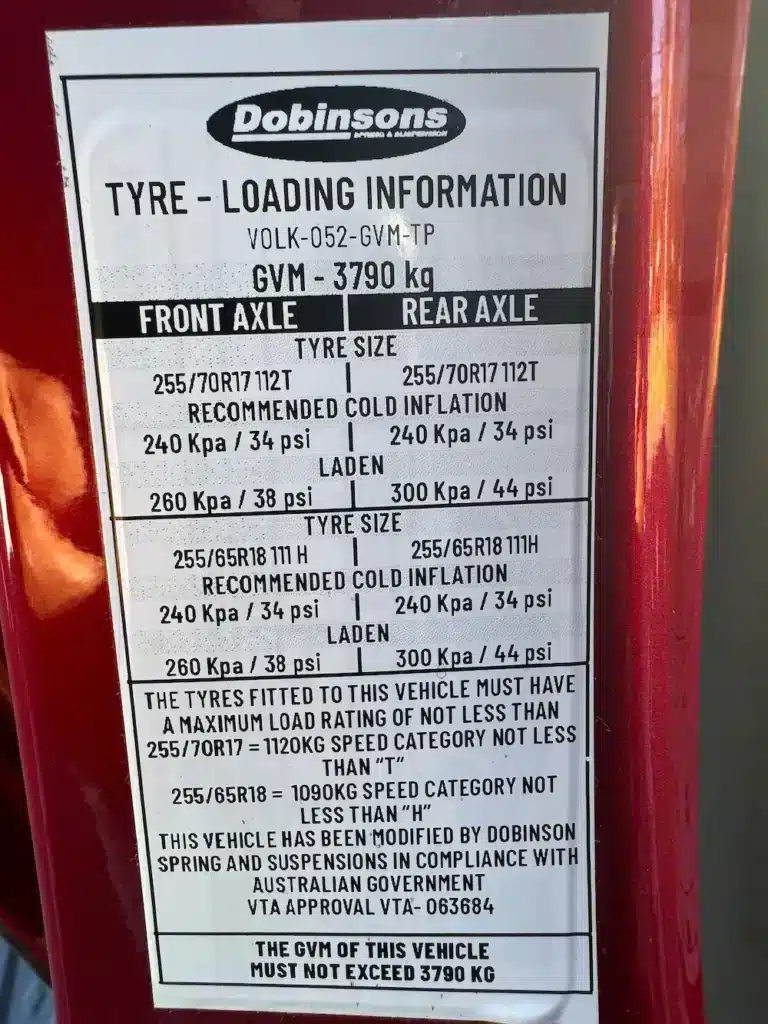
There is also the possibility that the extra weight might affect your suspension, brakes and steering if it’s too heavy or packed incorrectly. You don’t want to become one of those busted ute images circling the internet so again thought has to be given to what you pack and what you tow.
If payload is a genuine concern for your setup, it’s worth researching GVM upgrade options. These legal modifications can add 200-400kg to your carrying capacity, though they come at a cost (typically $3,000-$8,000). Check out this comprehensive guide to GVM upgrades to understand your options, or read about specific GVM upgrade kits to see what additional weight they can carry.
The critical point: weight management isn’t just about staying legal. Overloaded utes suffer accelerated wear on critical components, and there’s growing evidence that we might be killing our dual-cab utes through poor weight distribution and overloading.
Lastly, consider is how you want to pack and access your gear. For example, if you’re camping or touring you want something that makes life easier and more enjoyable to use. If you just want to get out and get onto the hard four-wheel-drive spots, then access to recovery gear or spare tyres as well as weight and ground clearance might be more important to you. Some options might allow both, but it’s usually a trade-off one way or another.
Before we dive into the different types of ute trays and canopy styles, let’s clarify some terminology. The back of a ute can be called different things depending on its configuration: a tub (factory steel cargo area), a tray (flat platform, often aluminium), or simply the cargo bed. Once you add a cover or enclosure, you’re looking at different canopy styles. Understanding these basic terms helps when researching your options.
Ute canopies and tray styles range from around $300 for a basic vinyl tonneau cover to $30,000-plus for a fully custom setup. Installation costs vary too, typically $450-$800 depending on complexity. The good news? There are quality options at every price point.
Let’s look at the different ute tray types available, from basic factory options to custom-built solutions.
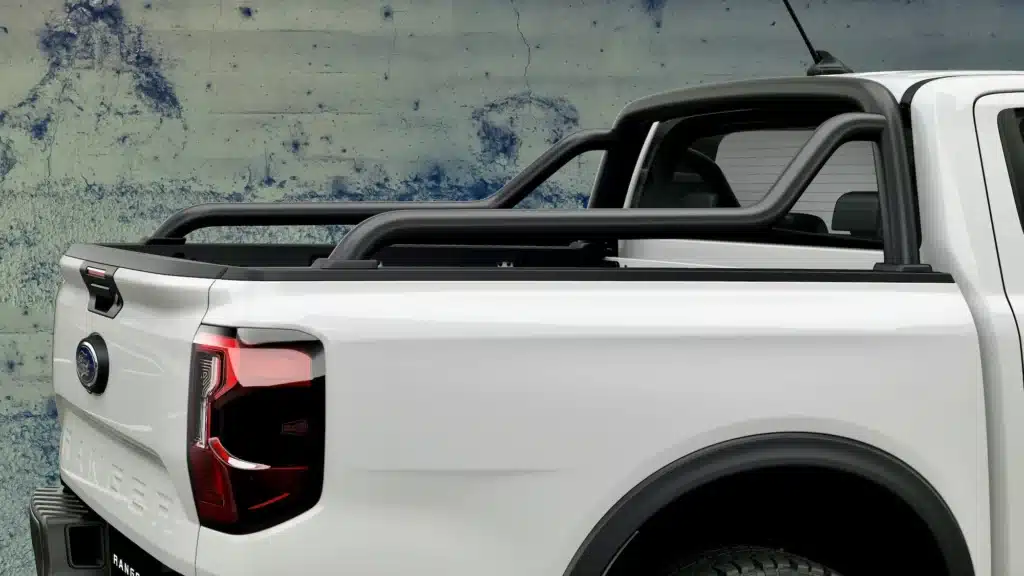
Most utes arrive as standard with a tub unless you select the factory tray option. These are typically steel construction with an open top, solid sides, and drop-down tailgate.
Pros:
Cons:
Best for: Budget-conscious buyers using the ute primarily for work with loose materials, or as a temporary solution before upgrading.
Most flat trays from dealers are aluminium with fold-down and removable sides (courier-style). Aftermarket trays can be made to your size and requirements, and there are plenty of small engineering and fabrication businesses that make beautiful looking trays. Some people skilled with a welder will make a custom tray themselves (good option if you have the skills as you’ll save some money).
Pros:
Cons:
Typical cost: $2,500-$7,000 depending on size and features (aluminium), $1,500-$4,000 for basic steel options.
Best for: Tradies who need to carry building materials, landscapers, or anyone regularly hauling awkward loads. Also popular with serious four-wheel-drivers who want maximum ground clearance and easy access to recovery gear.
This is where things get interesting when it comes to types of ute trays. Custom-built aluminium trays offer a significant step up from factory options, with features designed specifically for your needs.
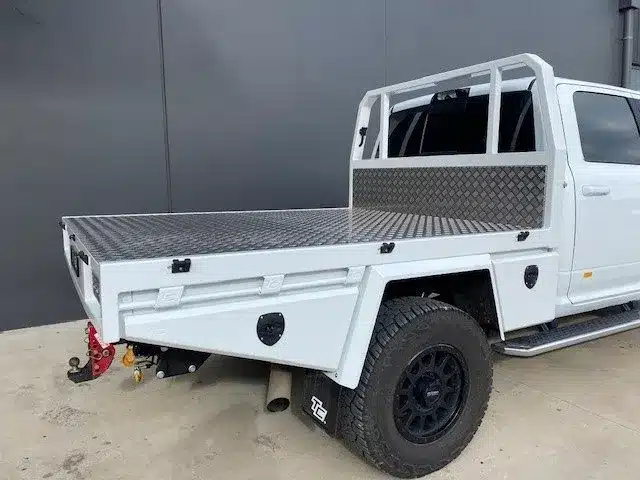
Tommy Campers custom trays are an excellent example of Australian innovation in this space. These aren’t just trays, they’re engineered platforms designed to integrate seamlessly with slide-on campers and canopies.
Built from laser-cut aluminium components, Tommy Trays feature:
The beauty of a properly designed custom tray is versatility. You can configure it for touring one week, then adapt it for work the next. The investment in a quality tray (typically $4,000-$8,000) provides a solid foundation for whatever canopy or setup you choose later.
Other quality custom tray manufacturers include:
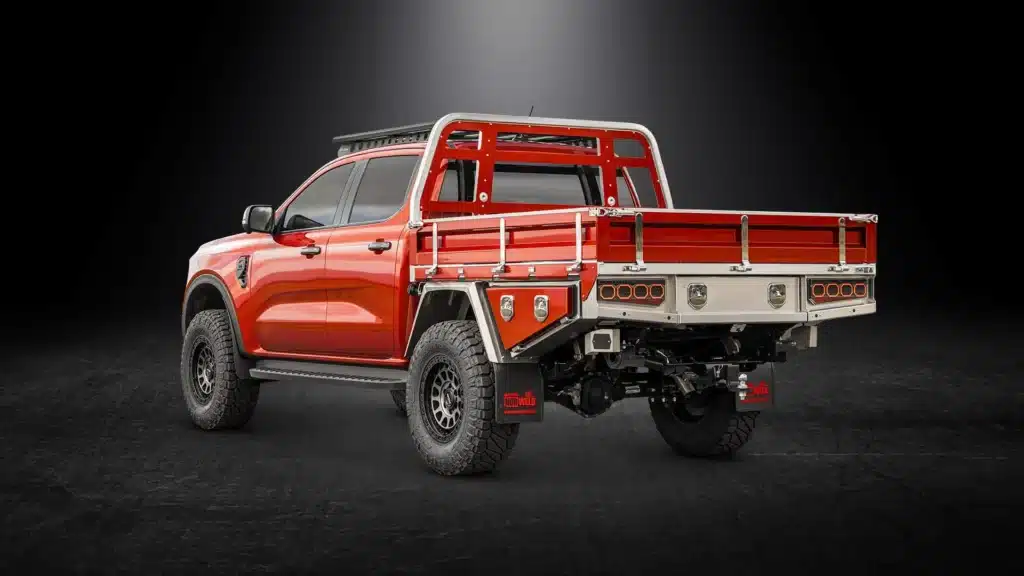
Pros:
Cons:
Typical cost: $4,000-$12,000 depending on complexity and fitout options.
Best for: Serious tourers building a dedicated setup, trades requiring specific tool storage solutions, or anyone wanting the foundation for a comprehensive ute system.
Now let’s explore the different canopy styles available, from simple covers to full expedition setups.
Vinyl tonneau covers have come a long way in looks and fitment to the covers of old. A lot of new-style tonneau covers fit nicely with sail tracks and plastic mouldings on the cover and aluminium extrusions on the side of the tray or tub. Some still use bungee cord and plastic holders like the older-style covers.
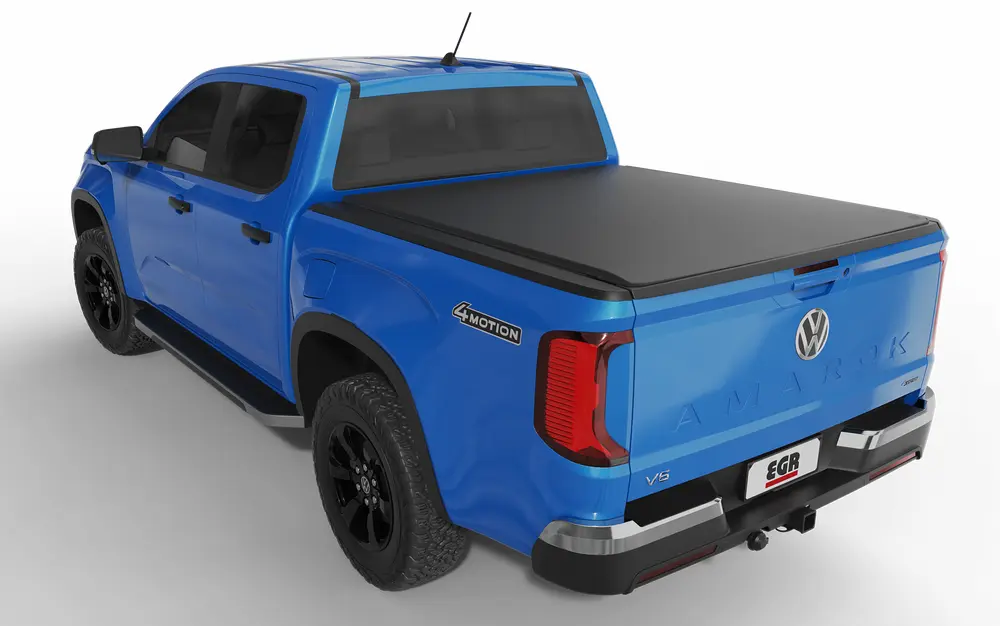
Pros:
Cons:
Typical cost: $300-$800 for quality options; budget versions from $150.
Best for: Occasional users who need basic weather protection and don’t carry valuable equipment. Good for keeping rain off furniture when helping mates move house.
Usually a hard fibreglass or ABS lid that wraps around the top of the tub and raises and lowers on gas struts. Often they are two-piece: a small fixed piece upfront, allowing the fitment of sports bars and the large rear piece that raises and lowers to allow access to the tub.
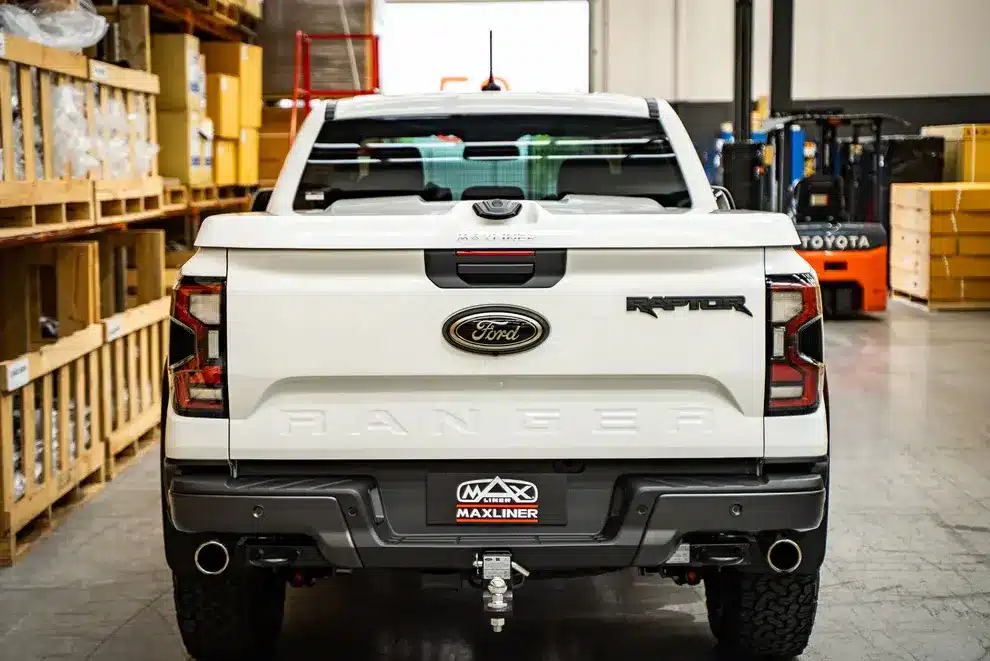
Pros:
Cons:
Typical cost: $1,200-$3,500 depending on brand and features (fibreglass); aluminium versions $1,800-$4,500.
Best for: Daily drivers who want security and weather protection but don’t need maximum storage height. Popular with tradies carrying tools and materials that fit within tub height.
Think roller door or roller shutter on the back for your ute. They are a similar principle using an aluminium cover that retracts into a house at the front of the tub. Most are opened manually but there are some models that are electric and open and close with the push of a button.

Pros:
Cons:
Typical cost: $1,200-$4,500 depending on brand and whether electric.
Best for: People who want security and weather protection with better access than traditional hard lids. Popular with trades and touring setups where you need regular access throughout the day.
As the name suggests, these are large fibreglass, ABS, or steel canopies that sit on top of a factory tub and usually fasten down with a bracket or clamping system. Most canopies have allowances for roof racks and come with varied ratings for what weight can be placed on top (typically 70-150kg). Most canopies have windows on both sides and front and a lift-up rear door.
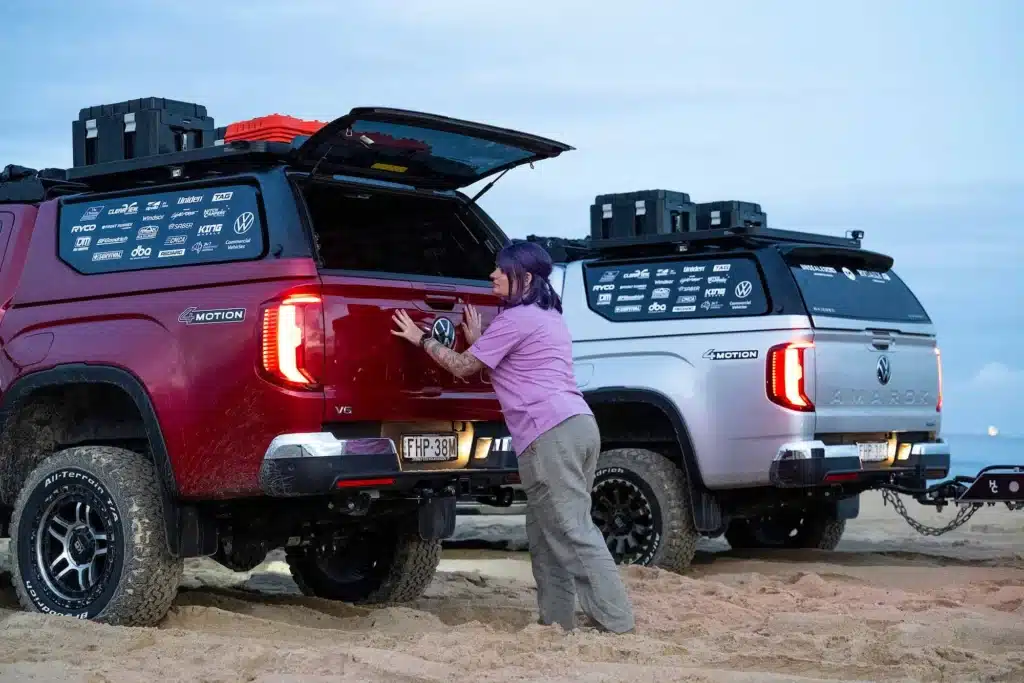
This is probably the most popular option for caravanners and tourers, and for good reason. A quality canopy transforms your ute from a basic transport vehicle into a proper touring machine. These are among the best ute canopies for recreational use.
Material options explained:
Pros:
Cons:
Typical costs:
Maxliner: Their canopies and hard lids are built for durability. The range covers ABS hard lids, aluminium hard lids, and full-height canopies designed to suit both tradies and tourers. Practical features and solid construction make them a good middle-ground option between budget and premium brands.
ARB: Industry leader with Classic, Classic Plus, and Ascent models. ABS thermoplastic construction, excellent warranty and dealer network Australia-wide. The Ascent represents the premium end of ABS canopies with push-button windows, integrated central locking, and frameless tinted glass. You’re paying for quality and the ARB name, but parts and service availability everywhere is a genuine advantage.
EGR: Australian-made canopies with a strong reputation. Their Gen3 model features handleless push-button access and integrated central locking as standard. The smooth ABS construction and modern design make it a popular choice for those wanting premium features without quite the ARB price tag.
3XM: Large range of fibreglass options, good value for money. They’ve been manufacturing since 1975 and have a huge range to suit most popular utes. Not as fancy as the premium brands, but solid, proven products at more accessible prices.
Razorback: Fibreglass specialist with both fibreglass and steel canopy options. Their fibreglass canopies come standard with central locking and roof tracks, which is excellent value for money at around $3,700.
Alpha/Caddy Storage: Quality fibreglass units from $3,310. Good middle-ground option between budget and premium. Colour-coded finishes and reinforced construction.
Utemaster: Premium options including the Centurion aluminium canopy. The Centurion uses aluminium construction for maximum strength while keeping weight reasonable, with full-width doors for excellent access. New Zealand-designed, assembled in Australia.

Here’s something they don’t tell you in the brochures: even expensive canopies aren’t perfectly dust-proof straight out of the box. But you can get them pretty close with some effort.
I’ve experimented with various approaches over the years on my setup. Here’s what actually works:
Tailgate seals: Add quality automotive-grade weather stripping around the tailgate ($30-$80). This makes the single biggest difference to dust ingress. Don’t cheap out on basic foam: get proper bulb or D-profile seals.
Dust seal kits: Manufacturers link Maxliner Australia have dust seal kits to suit specific models, you can see their 2022+ Ford Ranger kit here
Roof vent with pressurisation: Install a quality roof vent ($150-$300 for something like an ARB or Fiamma). Creates positive pressure inside the canopy, which sounds counterintuitive but actually reduces dust entry. The principle is simple: air flows out through small gaps rather than sucking dust in.
Quality seals at all penetration points: Any hole in your canopy (wiring, brake lights, gas strut mounts) needs proper sealing. Use quality grommets and sealant, not just silicone.
The combination of good tailgate seals and a properly-positioned roof vent made the biggest difference to dust levels in my setup. It’s not perfect (nothing is), but it’s the closest I’ve managed to get to a dust-busted clean tub. For more detailed information, check out this comprehensive guide on dust-sealing your ute canopy.
Most canopies can be fitted with:
Best for: Touring with caravans, camping trips, tradies needing secure tool storage, or anyone wanting weatherproof, lockable storage with fitout options. This is the sweet spot for most RV Daily readers.

Pretty much what you see on the back of every serious touring four-wheel-drive vehicle. These are the crème de la crème when it comes to ute camping and touring, and represent the ultimate in different canopy styles. Often custom built and can be customised to no end.
Tommy Campers canopies deserve special mention here. While they’re best known for their slide-on campers, Tommy Campers also manufacture custom aluminium canopies that integrate perfectly with their custom trays.

Here’s what makes them interesting: the monocoque shell design is descended from their heavily-tested and outback-proven slide-on camper shells. This means they’ve engineered out the traditional weak points that cause other canopies to crack and fail.
Built from laser-cut aluminium components, Tommy Canopies feature:
The party trick: slide off your Tommy Camper on Sunday night, slide on your Tommy Canopy on Monday morning, and you’re ready for the work week. It’s a niche use case, but for people who’ve invested in a Tommy Camper system, it makes perfect sense.
Pricing for Tommy Canopies is by quote only (it depends on specifications), but expect to be in the $8,000-$15,000 range depending on fitout.
Other premium aluminium canopy manufacturers to consider:
Pros:
Cons:
Typical costs (October 2025):
Best for: Serious tourers covering remote areas, long-term travellers, or those who want the absolute best setup money can buy. Also popular with serious four-wheel-drivers building a dedicated touring vehicle.

These are usually the type of canopy you see on the Telstra, utility company, and government vehicles. They are mostly steel and often quite big with multiple compartments, even gull-wing side doors. In the aftermarket you can create all manner of service bodies to suit you from trade to recreation to a combination unit that doubles up. Can be custom-built new or purchased second-hand.
Pros:
Cons:
Typical cost: $1,000-$4,000 second-hand; $5,000-$12,000 new.
Best for: Budget-conscious buyers willing to do some refurbishment, tradies needing maximum security, or clever DIYers who can see potential in a work unit.
Most tonneau covers and hard lids can be fitted at home with basic tools. Canopies are more complex, and custom trays really should be professionally fitted.
Time requirements:
Professional installation costs: $450-$800 typical (October 2025), though complex custom setups can be $1,000-$1,500.
Most canopies need electrical connections for brake lights (legal requirement), interior lighting, central locking (if fitted), and 12V accessory circuits. Many aftermarket canopies include vehicle-specific plug-and-play wiring harnesses, making installation cleaner and easier. This is worth checking when comparing options: proper wiring matters more than many people realise, especially for resale value.
Here’s something that catches people out: any tray or canopy modification can affect your vehicle’s compliance and insurance.
Key points to be aware of:
Check with your state’s transport authority for specific requirements, and always notify your insurance company of modifications. It’s boring paperwork, but it matters if something goes wrong.
Your perfect choice from all these ute canopies and tray styles comes down to answering these questions honestly.
This is where the rubber meets the road (literally). If you’re towing a caravan, weight matters enormously.
For help understanding the complexities of payload and weight distribution, check out our comprehensive guide on how to drop that weight and distribute it better in your caravan.
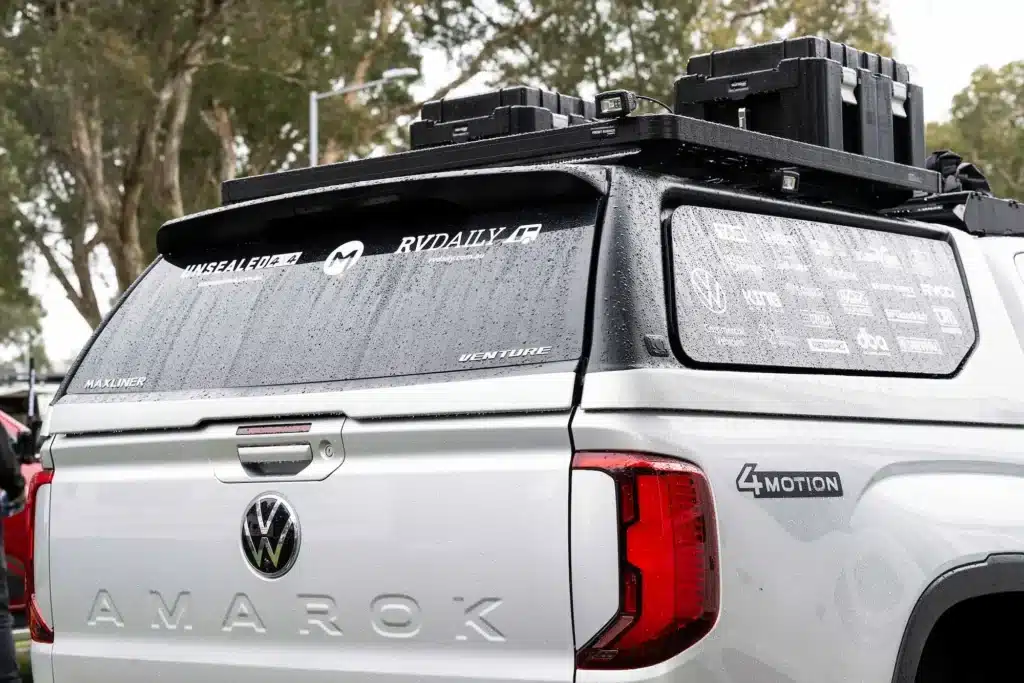
I bought my current ute second-hand with a factory tub and fibreglass canopy already fitted. The previous owner chose what suited him, and for my use, it’s worked reasonably well. I’ve added drawer systems, a fridge slide, and a dual-battery setup, and it’s taken me on some great trips.
But it’s not perfect. The canopy limits what I can carry in terms of height, access to the front of the tub is awkward, and honestly, some things about it bother me. If I was starting fresh, would I make the same choice? Probably not.
For many people, the tray or tub option is the main reason for choosing a ute over a wagon. But the more I use mine, the more I wonder if a wagon would have suited my needs better. There are trade-offs with every vehicle choice.
The point? There’s no single “best” choice among all these ute canopies and tray styles. The right answer depends entirely on your specific situation, how you use your vehicle, what you’re willing to spend, and what compromises you’re prepared to accept.
Touring with caravan:
Quality fibreglass or ABS canopy ($3,500-$5,500) on factory tub with internal drawer system, fridge slide, 12V system with auxiliary battery, roof vent for dust management, and roof racks for additional storage. This gives secure, weatherproof storage for recovery gear, tools, camping equipment, and supplies without breaking the bank. Most importantly, you can usually stay within your GVM limits with careful loading.
Weekend camping:
Basic to mid-range fibreglass canopy ($2,500-$4,000) with simple internal organisation. Don’t overcomplicate it. Factory tub is fine.
Serious remote touring:
Custom aluminium tray ($6,000-$10,000) with aluminium canopy ($12,000-$20,000) and comprehensive fitout. Yes, it’s expensive, but if you’re covering serious distances in remote areas, the weight savings, durability, and flexibility justify the investment.
Trade work:
Steel canopy or service body ($2,000-$8,000) on factory tub, depending on needs. Prioritise security and practicality over appearance. Or custom tray with aluminium trade canopy if weight is a concern.
Occasional use:
Tonneau cover or hard lid ($500-$2,000). Simple, affordable, and adequate for occasional loads. Factory tub is fine.
The caravanning, camping, and four-wheel-driving community is one of the best resources available. Forums and social media groups are full of people willing to share their experiences with specific products and setups, including advice on buying second hand ute trays and canopies.
Ask questions. Look at other people’s rigs. Check what works and what doesn’t. Most importantly, think carefully about how you’ll actually use your ute before committing to an expensive setup.
For comprehensive information on towing with your ute, check out our ultimate guide to towing, which covers everything from weight distribution to trailer selection.
For custom trays and canopies:
For fibreglass and ABS canopies (best ute canopies):
For steel and budget options:
For installation:
Professional installation is available through most of the above retailers, or through local auto electricians and 4×4 fitment centres.

Ultimately, your choice among all these ute canopies and tray styles will come down to what you drive, what you tow, what you want to carry, and how often. Utes are a great vehicle option, especially when you get the right set-up on the back.
The above list, including the company links, is not exhaustive, but hopefully, it will give you places to start looking when researching different types of ute trays and different canopy styles. As for prices, there are so many variables your best bet is to call the companies you’re interested in and obtain current pricing.
Whatever you choose for the back of your ute, remember that weight management, payload limits, and practical access should drive your decision, not just how it looks or what your mate’s running.
A well-chosen ute tray and canopy setup will make your vehicle more practical, more secure, and more enjoyable to use. The wrong choice will cost you money, frustration, and potentially your vehicle’s structural integrity if you overload it.
Take your time, do your research, weigh your loaded vehicle, and choose wisely. Your back, your wallet, your passengers, and your ute’s chassis will all thank you.
Note: All prices quoted are approximate as of October 2025 and may vary by location, dealer, and specific vehicle fitment requirements. Always obtain current pricing from suppliers before making purchase decisions.